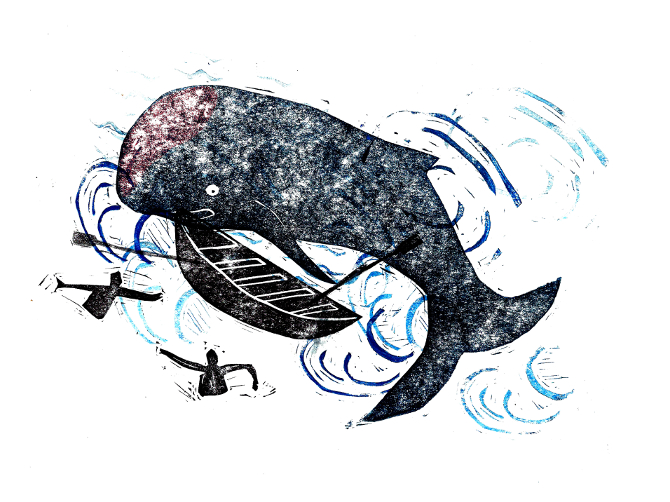 When I discovered artist Victoria Willmott’s fresh, sketchy linoprints, I fell for the energy they exuded. In particular, I love her beautiful foldout inspired by the Icelandic myth ‘Redhead The Whale Man’. Victoria tells me she’s been drawing inspiration from fairytales and folklore all her life.
When I discovered artist Victoria Willmott’s fresh, sketchy linoprints, I fell for the energy they exuded. In particular, I love her beautiful foldout inspired by the Icelandic myth ‘Redhead The Whale Man’. Victoria tells me she’s been drawing inspiration from fairytales and folklore all her life.
“During my Illustration BA course I worked on a project to illustrate a series of fairytales,” she says. “I started to realise these tales were more then just children’s stories, they were little gems to me that sparked my imagination.”
She adds: “What’s interesting is that fairytales have lasted through hundreds of years and several generations and are still so well known today. The stories themselves often carry a hidden meaning that brings sense or a moral message, but sometimes they’re just fantastic stories that take you on a journey far far awayand I love that about them. I like to reimagine these fantastical fairy tales within our every day and place them into our modern world.”
Visiting Iceland in 2018 was the starting point for a special project.
“I brought myself a book on Icelandic fairytales. It was filled with short stories from elves to trolls, and ghosts with some very dark endings,” she says. “I was drawn to the story ‘Redhead The Whale Man’because it has an element of surprise and absurdity and because it’s a story at sea.”
She explains that Redhead The Whale Man tells the story of a young fisherman who is turned into a whale by elves. “He betrayed his elf wife and elf child by dis-owning them in his homeland. His punishment for doing so was to live as a whale for the rest of his life and haunt the seas his fellow fisherman sailed in.”
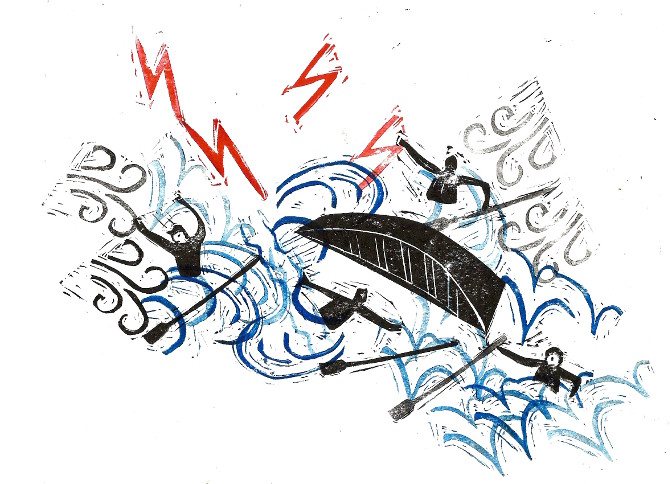
Detail from ‘Redhead The Whale Man’ by Victoria Willmott
The red head is actually nothing to do with his hair colour, but instead comes from the fact he was wearing a red cap at the moment when he was cursed.
“In this story I like the symbolism with the red cap and that it is a simple object that you can associate to your own world,” Victoria says. “I like to see fairytale emblems in ordinary items, and now a red cap can be added to that as an object that could conjure up a fantastical story.”
Victoria has bookshelves crammed with fairytales ripe for informing and inspiring her work. These include books by the Brothers Grimm, Hans Christian Anderson, and Charles Perrault, as well as folk tales from Ireland, Africa, Iceland and India.
“I created a piece of work called ‘The Lost Slipper in Southville’ which was a reimagining of Cinderella in my neighbourhood of Bristol, Southville. It purely started from personal experience of loosing my own shoe as it flew out of my bicycle basket. It was found, not by prince charming but on a kerbside – luckily in good condition considering it would have been rained on for four days.”
From this, Victoria began to see how elements of the Cinderella story could appear in her day-to-day life. “The ugly stepsisters, for instance, I saw in two geese at the local City Farm, which I pass to get to the studio,” she says. “Their webbed feet could never fit into the lost slipper and their constant cackling gave them an unpleasant manner just like the stepsisters bickering.”
Victoria decided that the Prince’s Ball should be held at the local South Bank Club, “where dance classes and evening do’s are abundant. I imagined the dancers there dancing out onto the streets. In one of the original tales of Cinderella she goes to the ball three separate occasions with three different dresses, in the colours of sunlight, moonlight and starlight. I used the colour referencing those aspects for the dancers.”
Victoria created the artwork using lino cut and devised a map that leads you through her alternative Cinderella tale, “but you could take any path you wanted and perhaps make up your own version of the story.”
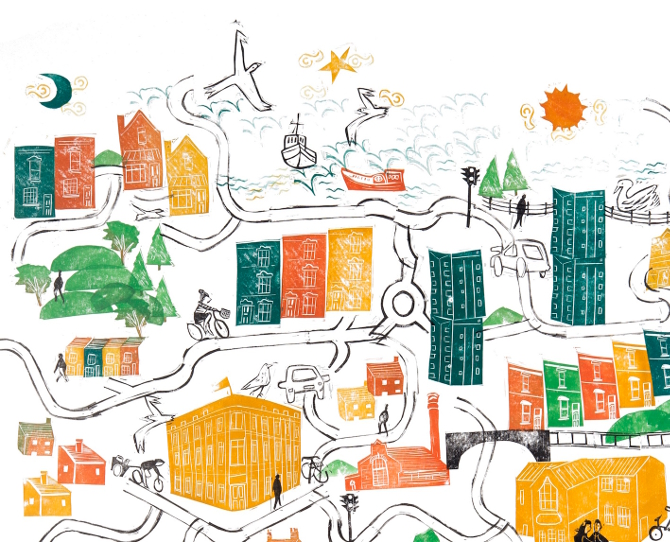
Crop of ‘The Lost Slipper in Southville’ by Victoria Willmott
Victoria is keen to share her interest in fairytales through her artwork. “I find that I want to communicate that there are stories everywhere and people can use their imagination to read between the illustrations and make up their own tales,” she says. “That’s the essence of storytelling – originally fairytales and folk tales would have been passed on through oral telling and each storyteller would have their own take or version of the story. I like to think people are given the option to read my prints in their own way and make up their own story about them too.”
Victoria begins a new piece of work by sketching on location and then takes those drawings back to the studio to refine. “I have an abundance of sketchbooks that hold precious ideas,” she says. “When I look back at them I start to see characters and scenes that I could use in future work. I enjoy the sketching process where I work quickly and produce loose and free drawings. I try to hold onto that looseness and transfer drawings into lino cut prints.”
Recently, Victoria has been working on large-scale map-style prints that are built up from individual lino cut stamps. “The process of making these requires printing each lino cut by hand,” she says. “I have a rough idea of how these prints will end up but I let spontaneity happen on the day of printing and use my instincts about what colours and images will work well together.”
The trickiest part, she admits, is recognising when to stop working on a piece of art.
“I feel there is part of my brain that is more critical and aware of my choices and the other half is being playful and spontaneous and having more openness to creating,” she says. “I think the playful side comes out mostly in the sketching and printing process, and then I have to allow the critical side of my brain to come through and make a judgement to see if the piece is finished.”
She smiles and then adds: “I often have to take a photograph of the artwork, make a cup of tea and then let both sides of the brain either agree or not. It’s useful to take a step back and then let you mind see it from a new perspective.”
You can find more of Victoria’s art at www.victoriawillmott.com, twitter.com/vlwillmott, www.instagram.com/vlwillmott and www.facebook.com/VictoriaWillmottIllustration.
Are you an artist or do you know an artist who would like to be showcased on SkyLightRain.com? Get in touch at judydarley(at)iCloud.com. I’m also happy to receive reviews of books, art, theatre and film. To submit or suggest a book review, please send an email to judydarley(at)iCloud.com.

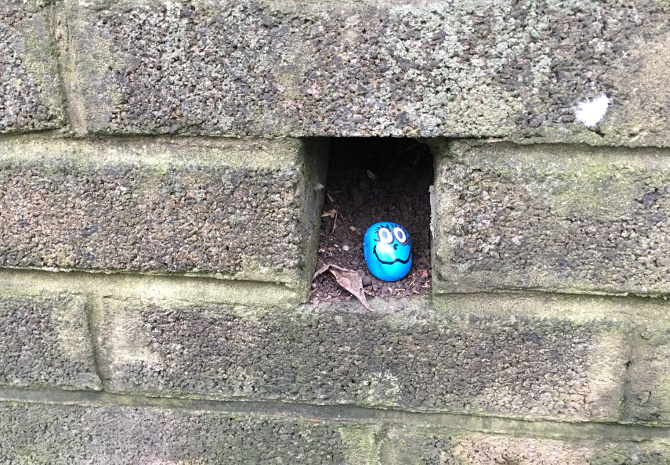 On an amble through a local woodland cemetery, I spotted a number of brightly painted rocks. These flashes of colour amid the winter grey and brown seemed like beacons of hope.
On an amble through a local woodland cemetery, I spotted a number of brightly painted rocks. These flashes of colour amid the winter grey and brown seemed like beacons of hope.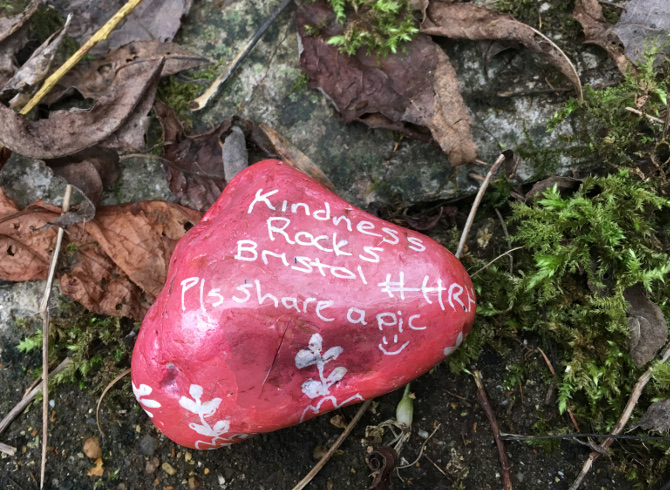
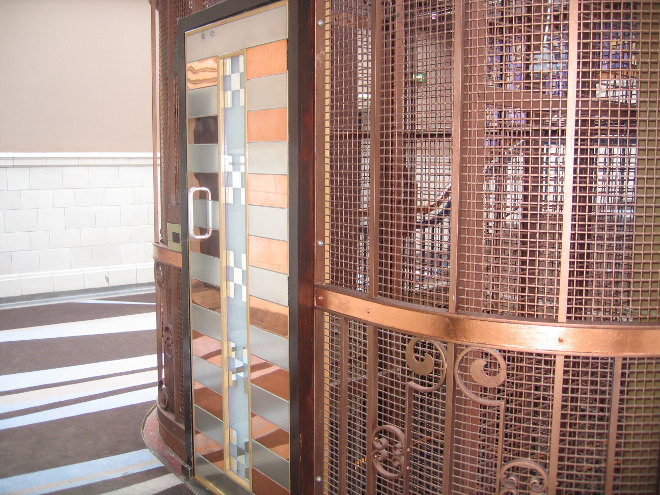 I’m pleased to share the news that my short story
I’m pleased to share the news that my short story 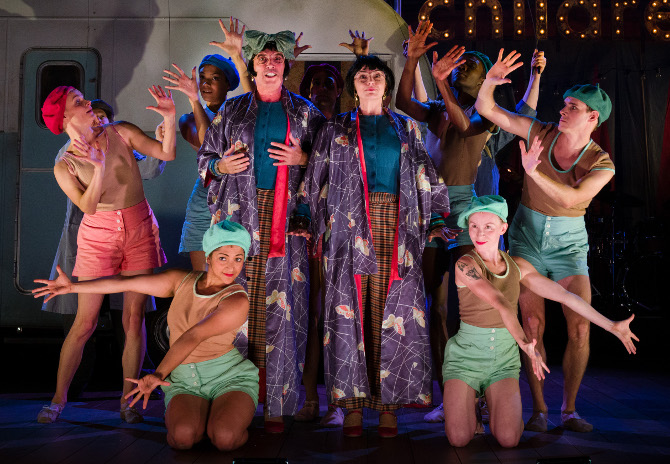
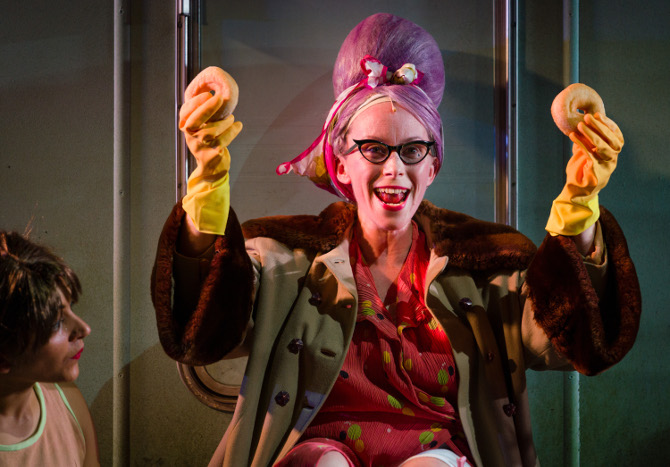
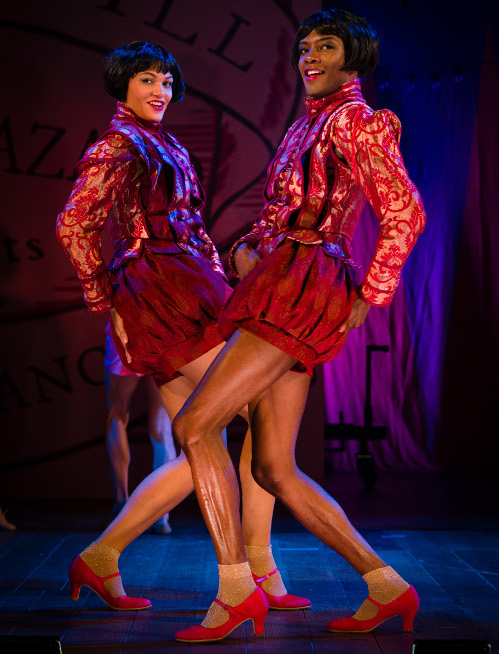
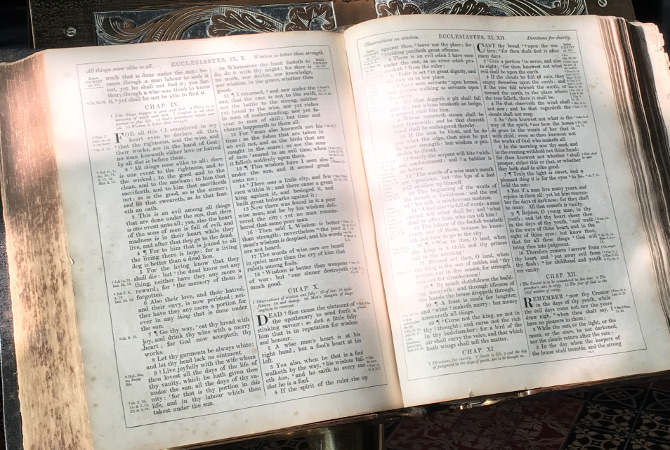 In Jan Morris’ ‘Over The Bridge: Sydney 1983, part of her Penguins 60s
In Jan Morris’ ‘Over The Bridge: Sydney 1983, part of her Penguins 60s 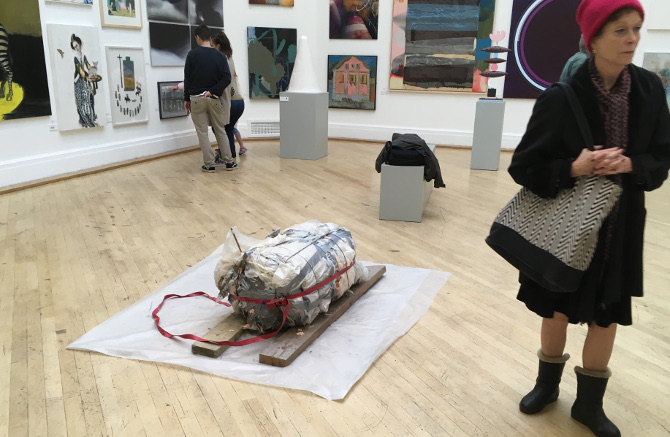
 While visiting Kalamazoo, Michigan, I passed a park full of tents. The waitress where I ate lunch confirmed what I feared – the tents were evidence of the growing issue of homelessness. It’s a problem that’s growing in the UK as well, where cuts to benefits are resulting in more people losing their homes when things go wrong.
While visiting Kalamazoo, Michigan, I passed a park full of tents. The waitress where I ate lunch confirmed what I feared – the tents were evidence of the growing issue of homelessness. It’s a problem that’s growing in the UK as well, where cuts to benefits are resulting in more people losing their homes when things go wrong.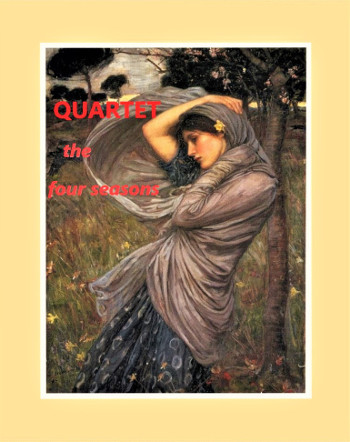 Edited by Deborah Gaye of Avalanche books,
Edited by Deborah Gaye of Avalanche books,  Happy New Year! Have you had any time to write or read over the festive period? I’m currently reading the wonderful
Happy New Year! Have you had any time to write or read over the festive period? I’m currently reading the wonderful